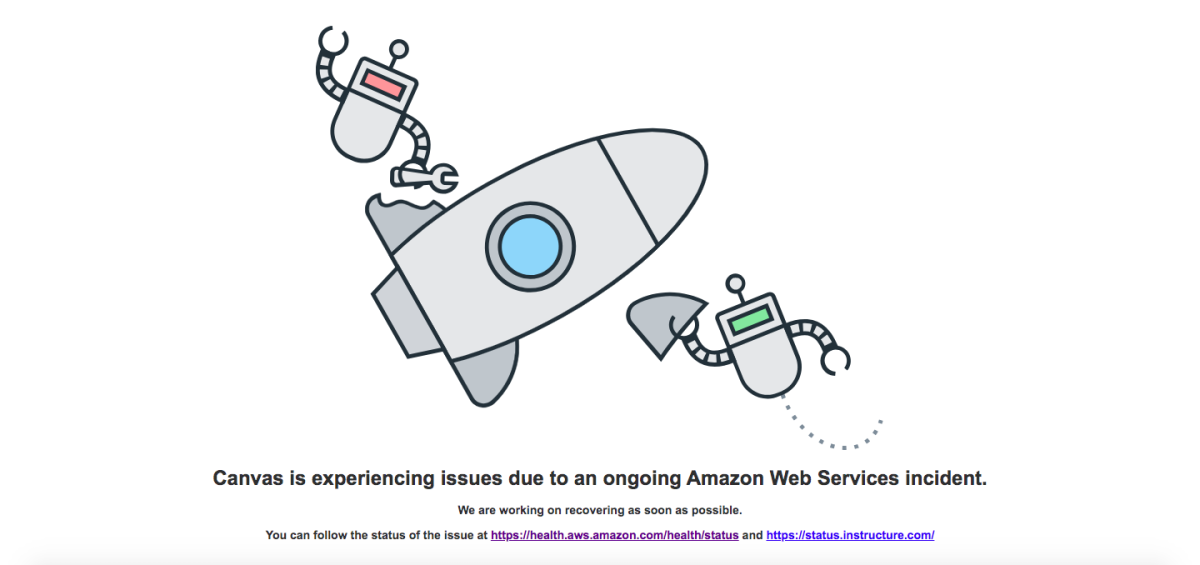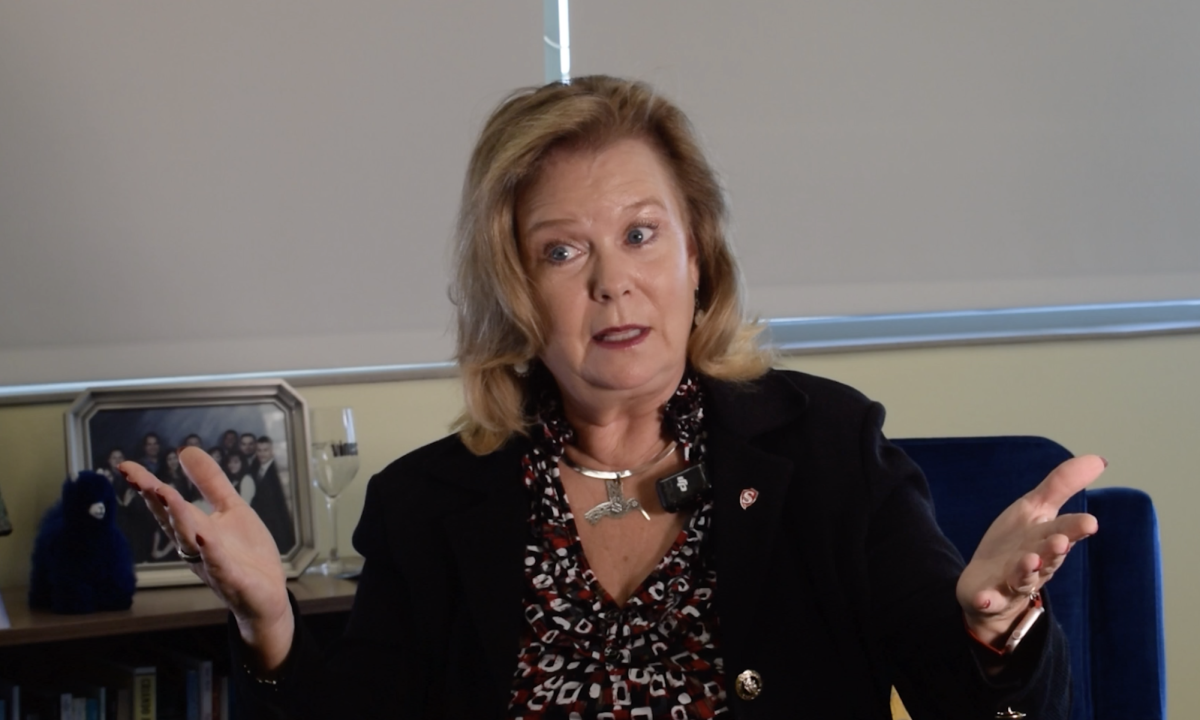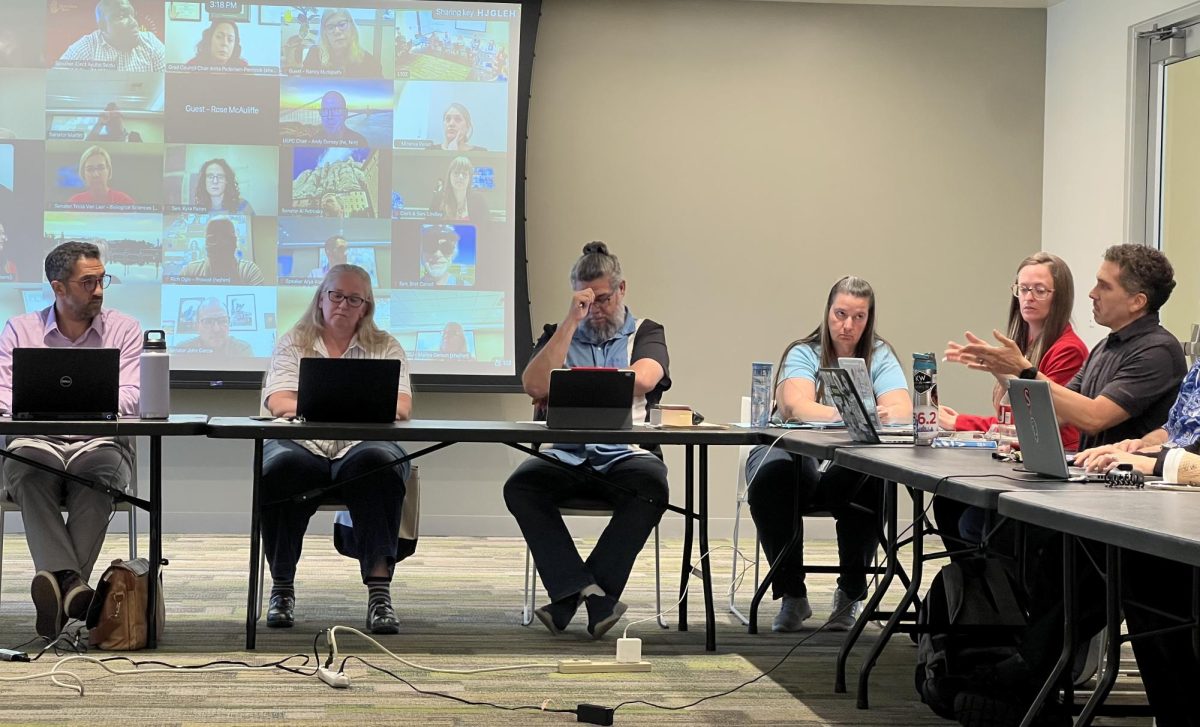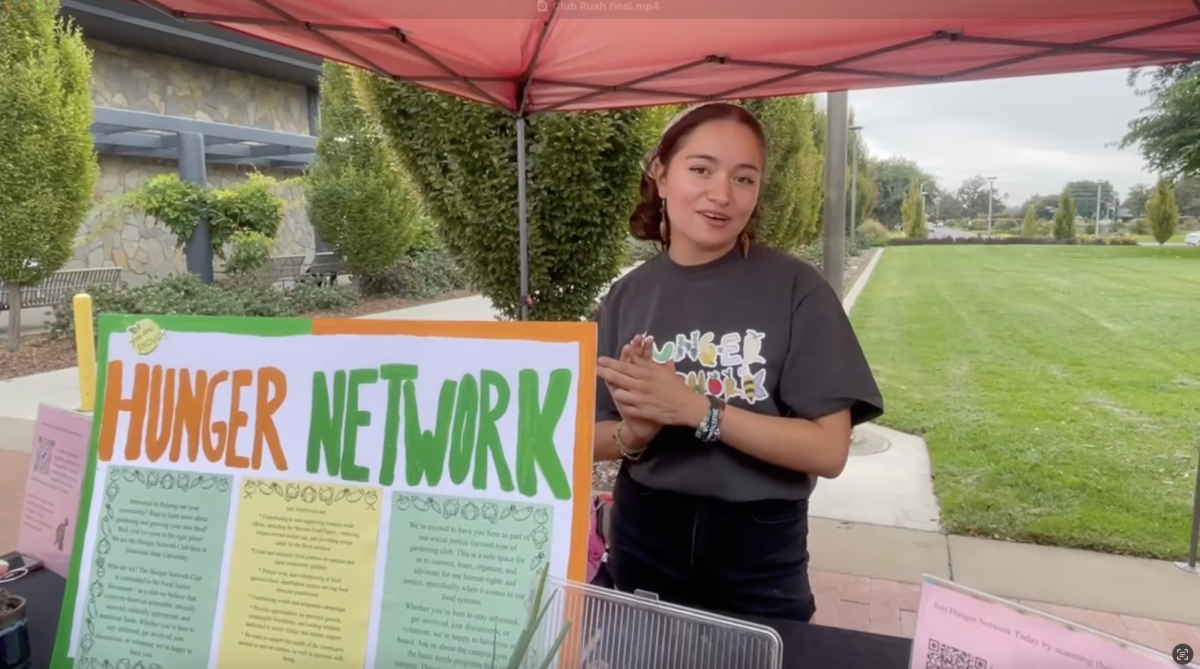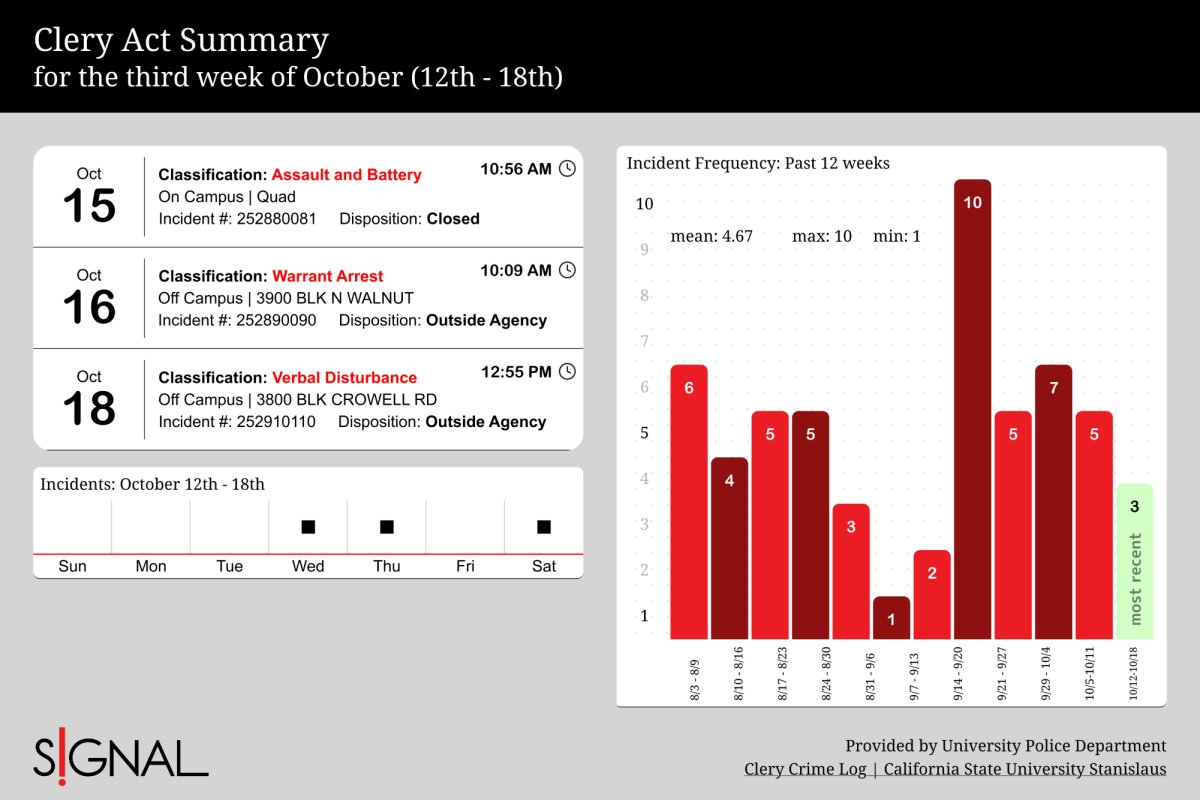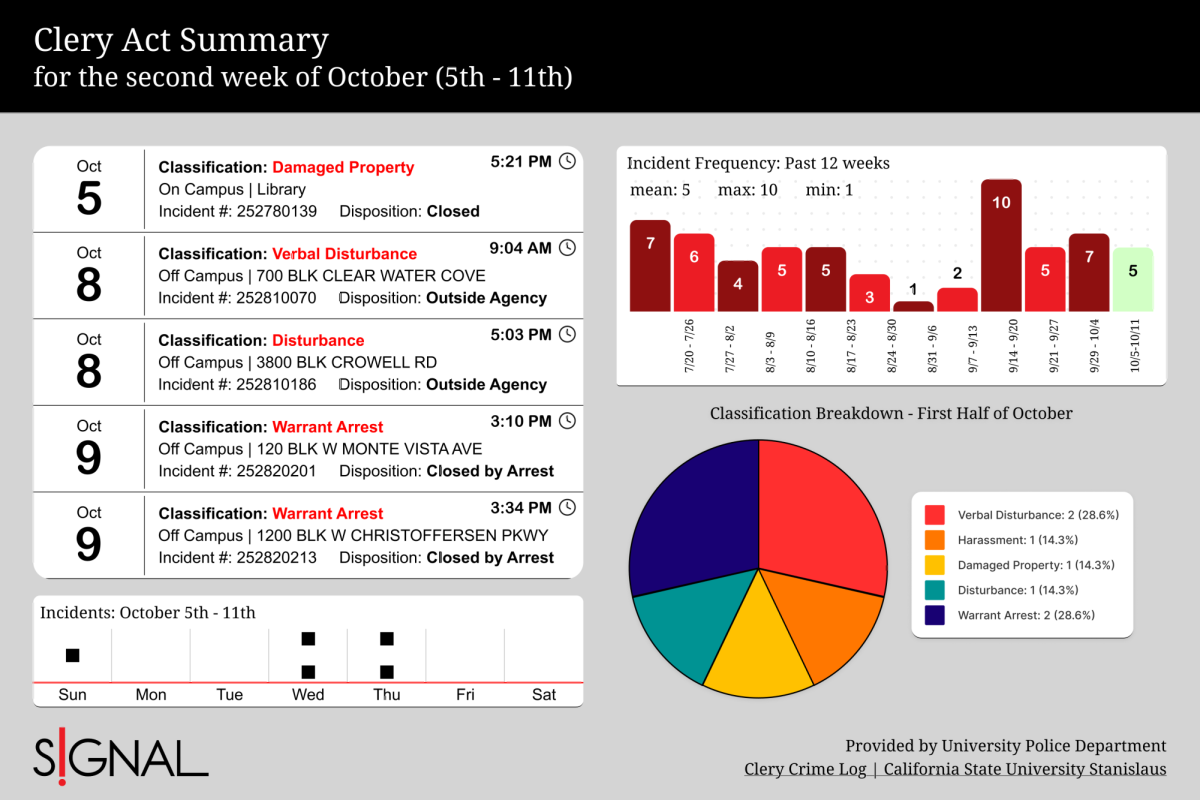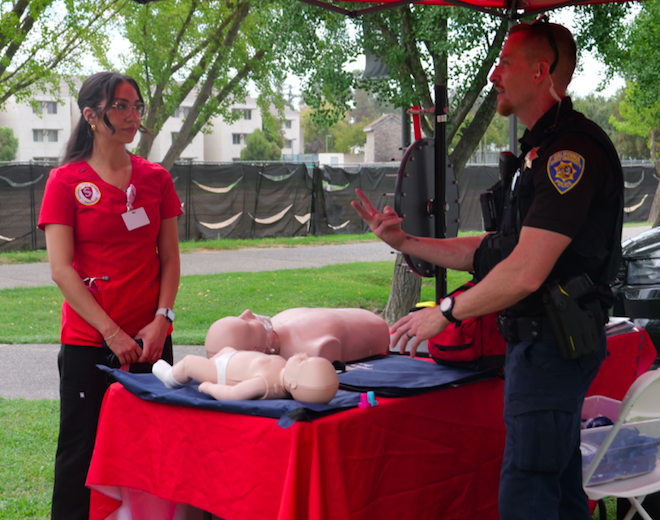On May 12, it was announced that all California State University campuses would continue virtual instruction and activities for the 2020 fall semester. In the first Stan State University Budget Advisory Committee (UBAC) meeting since the announcement on Friday, campus leaders provided some insight as to how the decision could affect the institution’s funds.
Discussion began by addressing California’s struggles with the COVID-19 pandemic. Amid the pandemic, California’s current budget deficit has become the worst in the state’s 170 year history.
Stan State president Ellen Junn explained that, because of the immense budget struggles that California is currently facing, the state would cut funding to the CSU system as a whole by 10 percent, or $398 million.
Stan State’s budget for the 2019 academic year is $141.6 million. Considering next year’s budget would have been similar if the COVID-19 pandemic would have never happened, the 10 percent decrease in state funding would translate to an approximate $8.3 million loss for Stan State. The state of California usually funds half of the school’s yearly budget. The other half, Junn explained, is funded by student tuition.
The coronavirus pandemic is also expected to affect the amount of enrolled students at Stan State, thus affecting how much tuition money Stan State would be bringing in next academic school year.
On average, Stan State brings in 1,500 to 2,000 freshman students per year. According to recent statistics tracked by Stan State’s enrollment services, new student enrollment is currently down by 15 percent, which can be translated as about 300 less new students. President Junn warns that that number could decrease by another 5 percent in the next month.
Nevertheless, according to Vice President for Strategic Planning, Enrollment Management and Innovation Gitanjali Kaul, that number has remained steady and stable, making her optimistic that the numbers won’t drop any lower than they already have. Kaul added that the decreases Stan State has seen in applicant, admission, and enrollment numbers were detected prior to the pandemic.
Another bright spot in terms of enrollment is that there is expected to be an approximate 5 percent increase in the number of enrolled undergraduate students for this year’s fall semester compared to last year. Kaul also said that she expects transfer enrollment to continue at similar rates as last year.
Expectations may not always meet reality, though. To ensure that enrollment these expectations are met and that the enrollment numbers at Stan State remain strong, Kaul says that the Stan State admissions and recruitment services are taking a different approach compared to that of previous years.
“All in all, we don’t want to go out and recruit additional freshmen… [Instead], of those students, the 1,475 freshmen who said they would come to us, we would work with them, provide outreach to them to make sure that they still enroll in the fall,” Kaul explained.
With this increase of focus on the students that are already here, President Junn says that she hopes the quality of virtual learning can increase and that students are prepared for this major change in the upcoming semester.
President Junn assured that it is not a time to panic about students not attending Stan State. “Our enrollments are strong, but that’s not true for all campuses across the state.”
The reason why other campuses and their enrollment rates are so important is because they can directly affect Stan State and any additional state funding the campus can receive. The state of California will focus on providing relief only to campuses that are seeing large hits in their enrollment numbers, and as President Junn stated, Stan State remains in a good position.
All of these things can change, though. Kaul explained that it is still fairly early to jump to any conclusions. As we have seen with the coronavirus itself, the situation fluctuates by the day, so it is difficult to know where Stan State and the state of California will stand when it is time for the semester to start. President Junn explained that we will have more clarity on the whole situation after July.
Aside from looking to the future of Stan State, the university continues to look for ways to aid the students who are currently enrolled and have already been at Stan State. As of now, President Junn shared that most of the presidents within the CSU system are not in favor of a tuition increase. Comparing the current state of the economy to that of the 2008-09 recession, Junn shared that a tuition increase “will likely not be an option to bail out the CSU’s” this time around.
In order to cover some of the hits Stan State has had to endure because of the pandemic, Congress has passed the CARES Act, a higher education emergency relief fund. While this money was intended to help out the institution, Stan State has notably budgeted some of the funds to help their students.
Separating the levels of need into three tiers, Stan State has already provided aid to some. For those who didn’t qualify previously, an application is available to currently enrolled students on their student portal. This application is set to close this coming week.
Noting that the funds granted to Stan State by CARES are not distributable to the university’s Dreamer and DACA students, President Juun did comment that the university recognizes that and is working to be able to provide some relief to those students as well.
Aside from these relief projects, Juun also provided recognition of the students’ concerns surrounding fees. The university has been looking to provide reimbursements wherever possible. Reimbursements for parking permits and lab materials have been able to be provided. “We are going to study fees in a comprehensive way,” Juun notes, aware of the fact that the students’ college experience is anything but traditional at this point in time.
President Junn concluded Friday’s meeting with a message of encouragement for the Stan State community: “There is more to come… We’re going to be thinking outside of the box to figure out how we can put together a budget that harms the fewest people and still meets our goal of a positive experience for students, even in this terrible crisis.
Don’t lose too much sleep about this. We’ll get through it… we have a plan, we have a process, and now we just have to figure out the details.”



